What keeps the culture and the legacy of a city alive? The people. No one represents the true essence of West Kowloon better than the locals who live and breathe it. Here are five resident West Kowlooners sharing their passion and craft with the city they love. Learn about their stories and see the charm of the neighbourhood through the eyes of the true insiders.
1. Bridging West Kowloon’s past and present with architects Evelyn Ting and Paul Tse
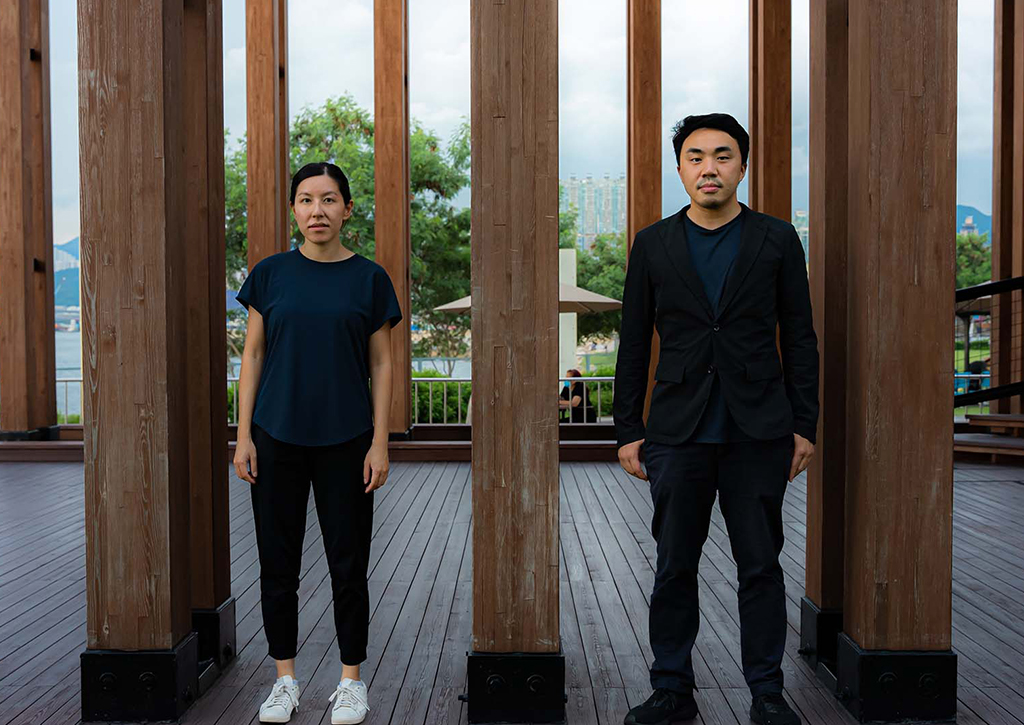
Architects are creators who define landscapes and lifestyles with structures of stone and steel. Their creations serve as props and backdrops in the history and future of the land and represent the people’s memories and hopes. Paul Tse and Evelyn Ting are co-founders of architecture and design studio New Office Works and the brains behind the ’Growing Up’ Pavilion in the West Kowloon Cultural District.
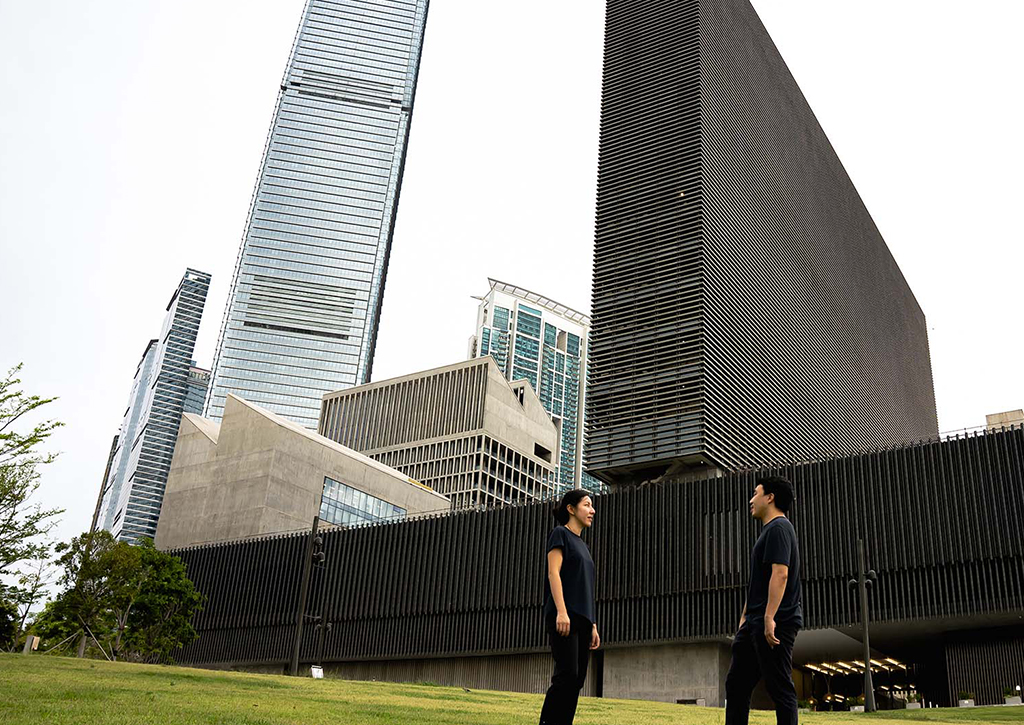
The M+ architecture is one of their personal favourites as it adds a touch of contemporary to the historic neighbourhood. Tse and Ting are also regulars at the arthouse cinema Broadway Cinematheque. For more architectural highlights, they recommend a visit to the Yau Ma Tei Fruit Market, which is right opposite the Yau Ma Tei Theatre, both of which have gabled roofs — an unusual sight in Hong Kong. The nearby pedestrian bridge offers a great view of the Temple Street Night Market and its stretch of colourful canopies. These areas in the neighbourhood have stood the test of time, now serving as glimpses into West Kowloon’s past while also maintaining their functions to this day.
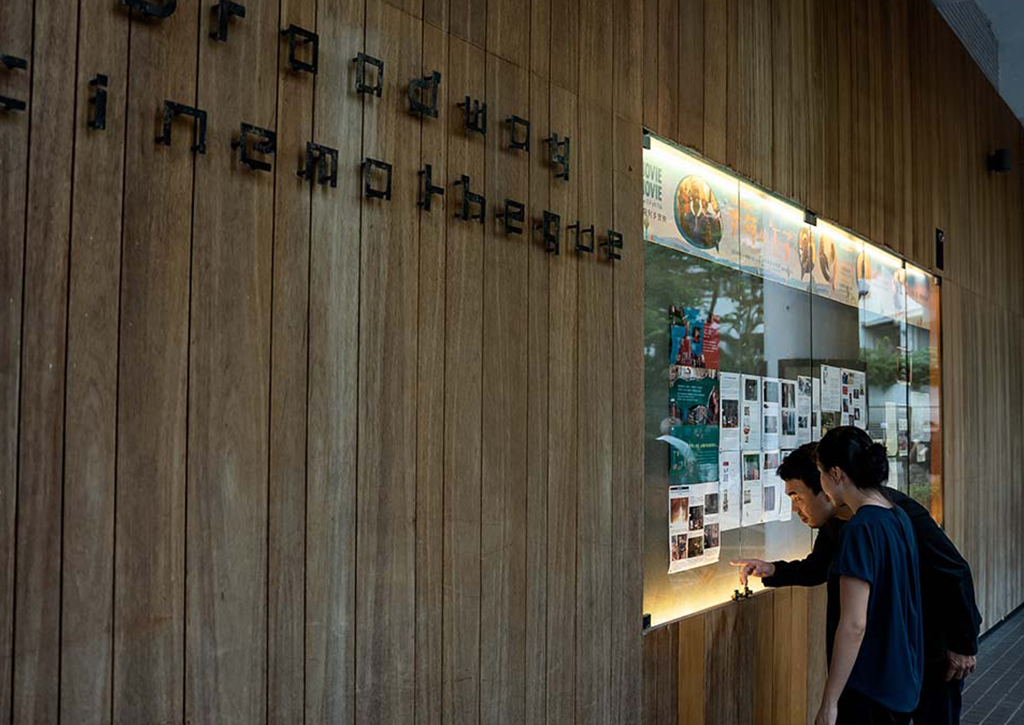


2. Following the art of qipao and Jordan’s history with qipao tailor Master Yan
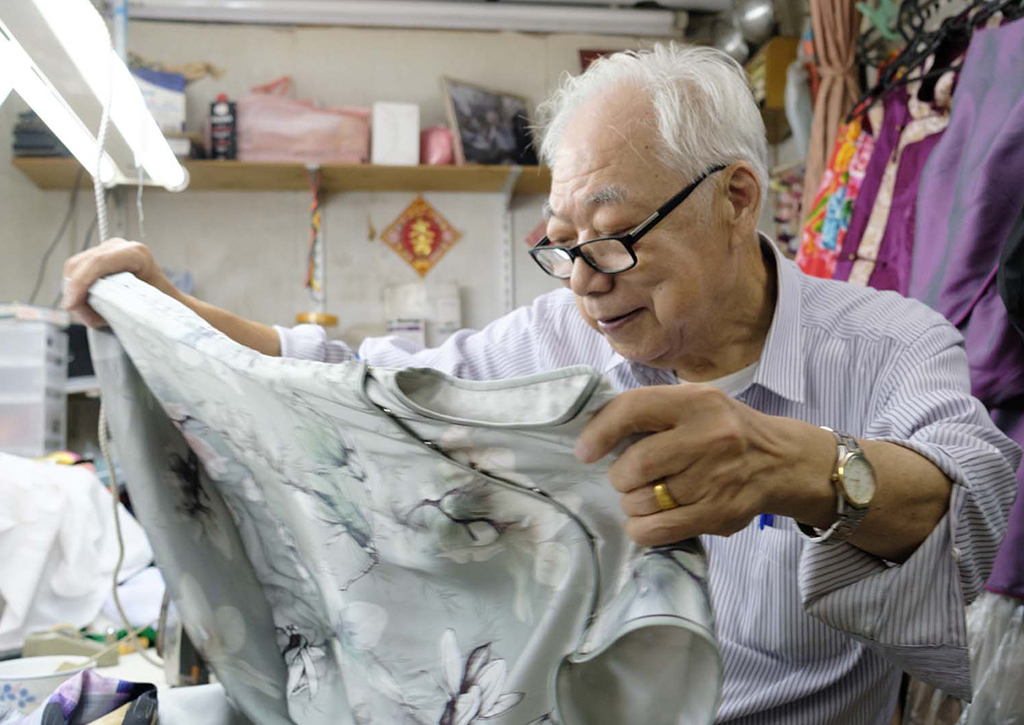


Qipao gained its fame among Shanghai’s upper class in the 1920s. The trend caught on in Hong Kong in the 1960s due to a massive influx of Shanghainese people into the country. The historic period is immortalised in Wong Kar-Wai’s landmark film In the Mood for Love. In the film, lead star Maggie Cheung fashioned more than 20 qipaos made by talented tailors, one of which being Master Yan Ka-Man.
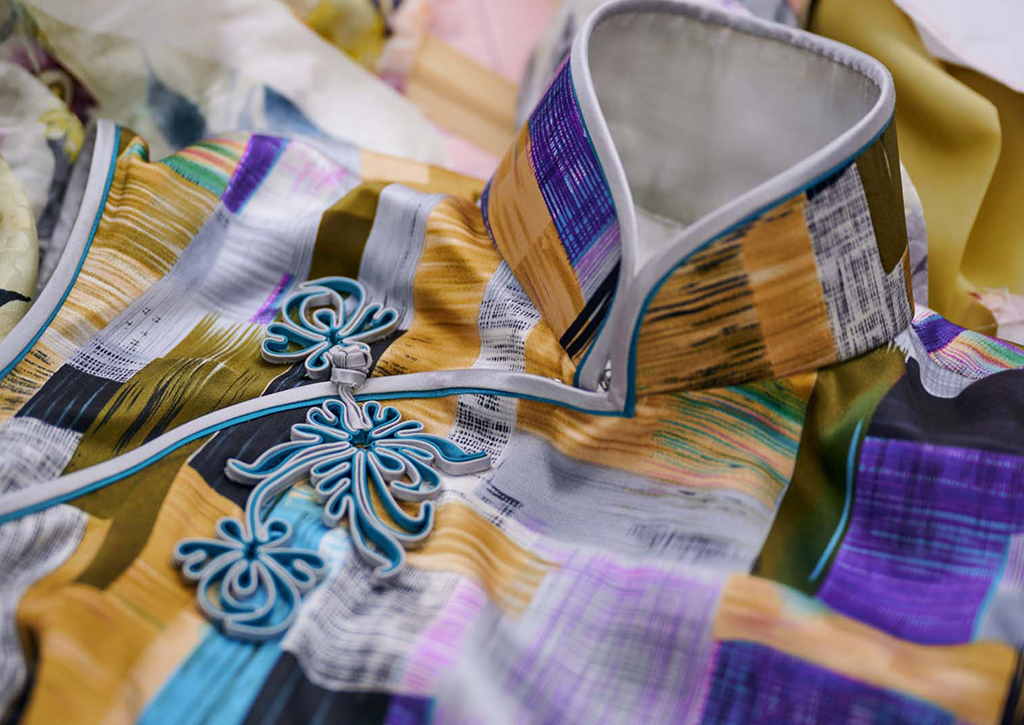


Master Yan’s job deeply embeds him into the arts and culture scene of West Kowloon. Every morning, Master Yan goes on a hike at Tseung Kwan O’s Ducking Hill before taking the MTR to Jordan — where his shop Shanghai Baoxing Qipao is located. In the early years, tailor shops on Jordan Road are strategically placed near the textile shops on Nathan Road and the now-demolished Jordan Road Ferry Pier.
Master Yan hosts regular workshops for budding tailors keen on continuing the art of qipao making. Their modern interpretation of the qipao usher in a new age of local fashion that fuses classic and contemporary styles, a phenomenon that perfectly reflects West Kowloon’s characteristics.
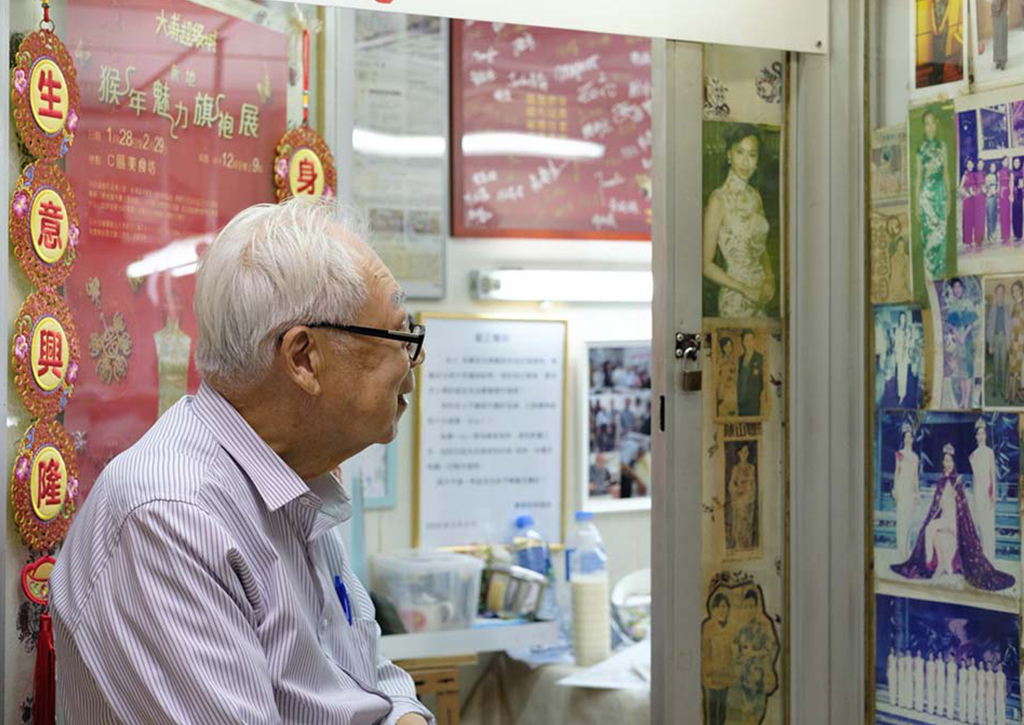


3. Recording the spirit of craftsmanship with Rain Haze
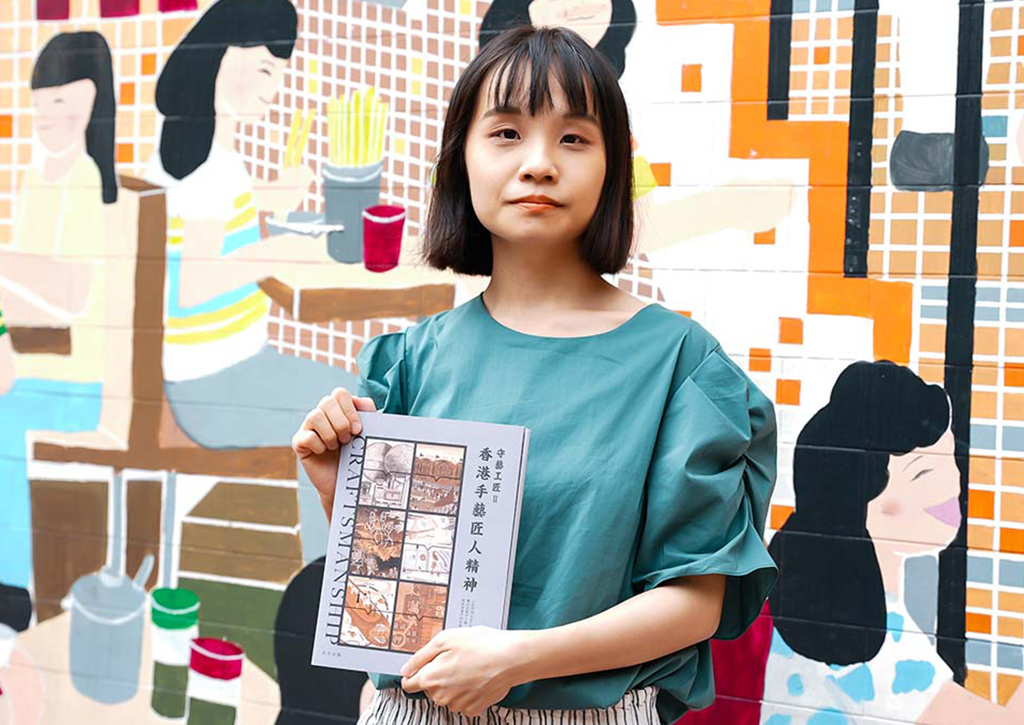


Illustrator and author Rain Haze has always been fond of the art of craftsmanship. Rain plays a part in telling the stories of the craftsmen converged in the Jordan and Yau Ma Tei area out of respect and admiration for their craft.
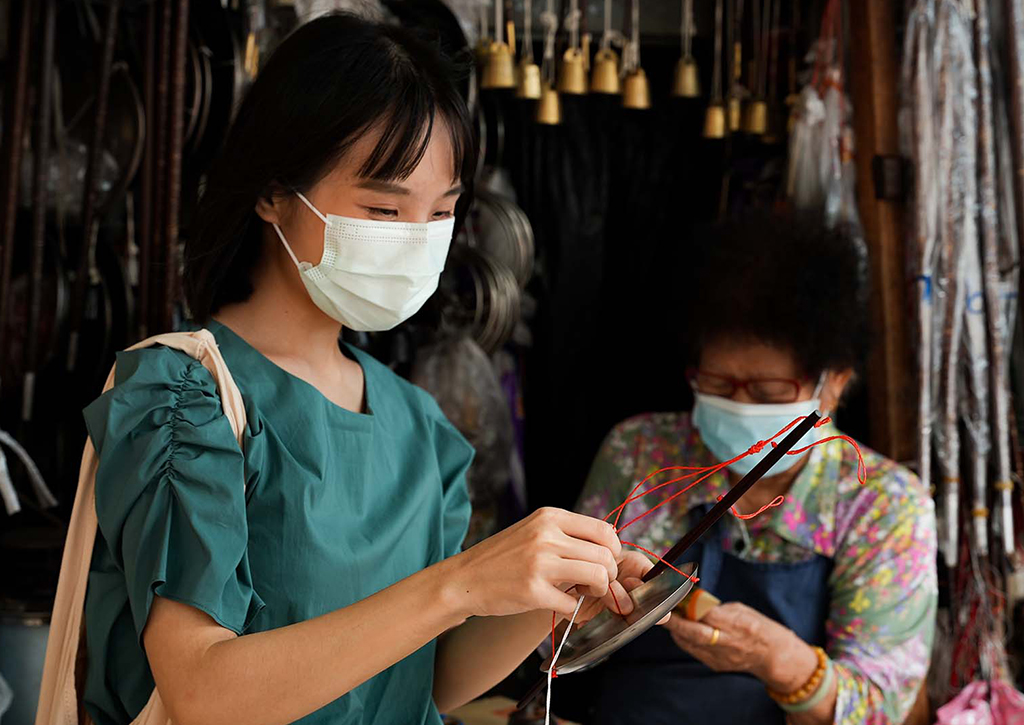


Rain recommends visiting some of the old shops in the area, such as Lee Wo Steelyard near Yau Ma Tei Fruit Market, which is the last store of its kind. She also recommends going to Bowring Commercial Centre in Jordan, where two traditional craft shops reside — Sindart, which sells handmade embroidered shoes and accessories, and Shanghai Baoxing Qipao, where Master Yan Ka-Man has been sewing away at his workbench since the mid-20th century.
“Social enterprises and artists are promoting traditional crafts in many different ways,” Rain enthused. There is a growing appreciation for handcrafted products and a deliberate synergy between young artists and old masters. Together, the classic will be preserved while new chapters emerge in the spirit of artistry.
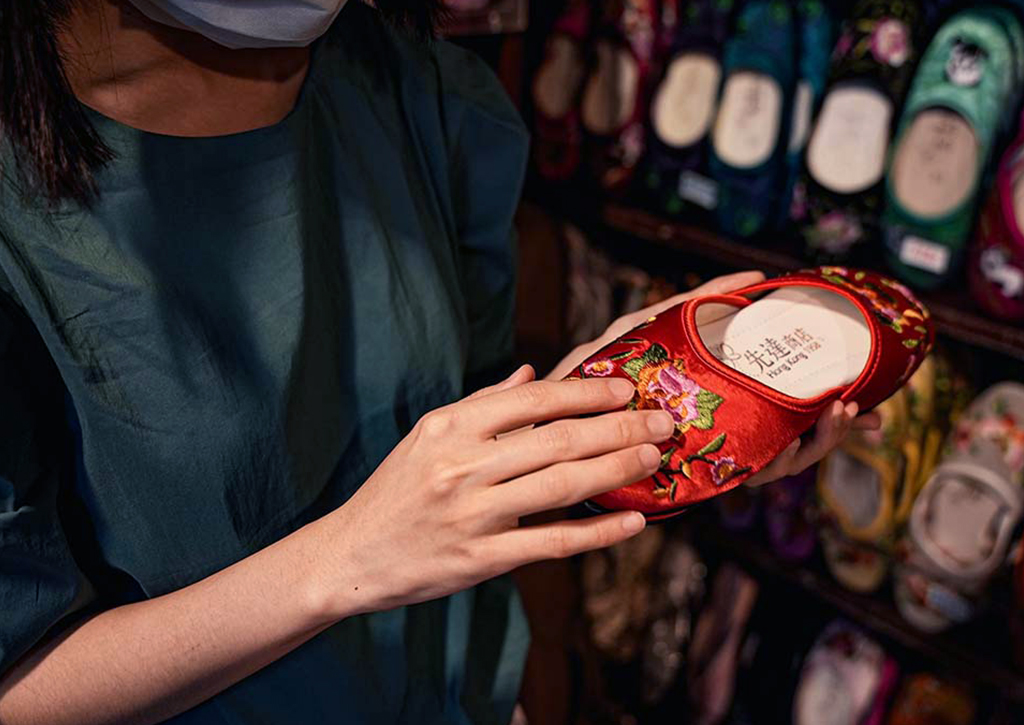


4. Dr Louis Ng on the story of West Kowloon: art all around
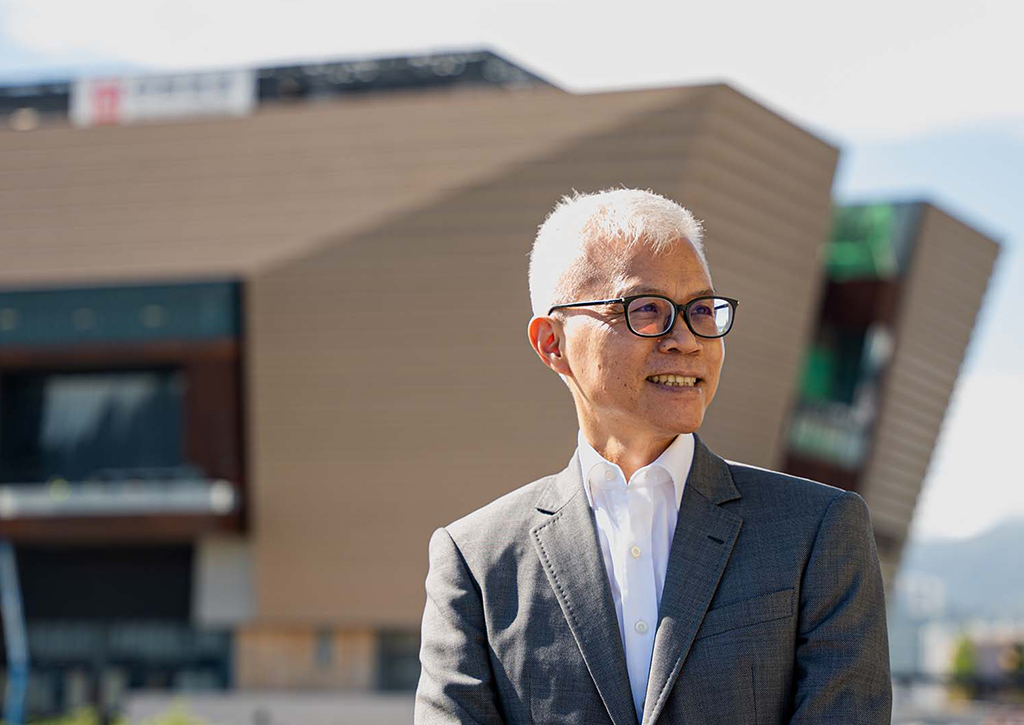


“What’s the story of West Kowloon? It’s the people’s lives. The dynamicity, the vibrance,” says historian and director of the Hong Kong Palace Museum Dr Louis Ng. Resided in the neighbourhood since young, he is part of the story.
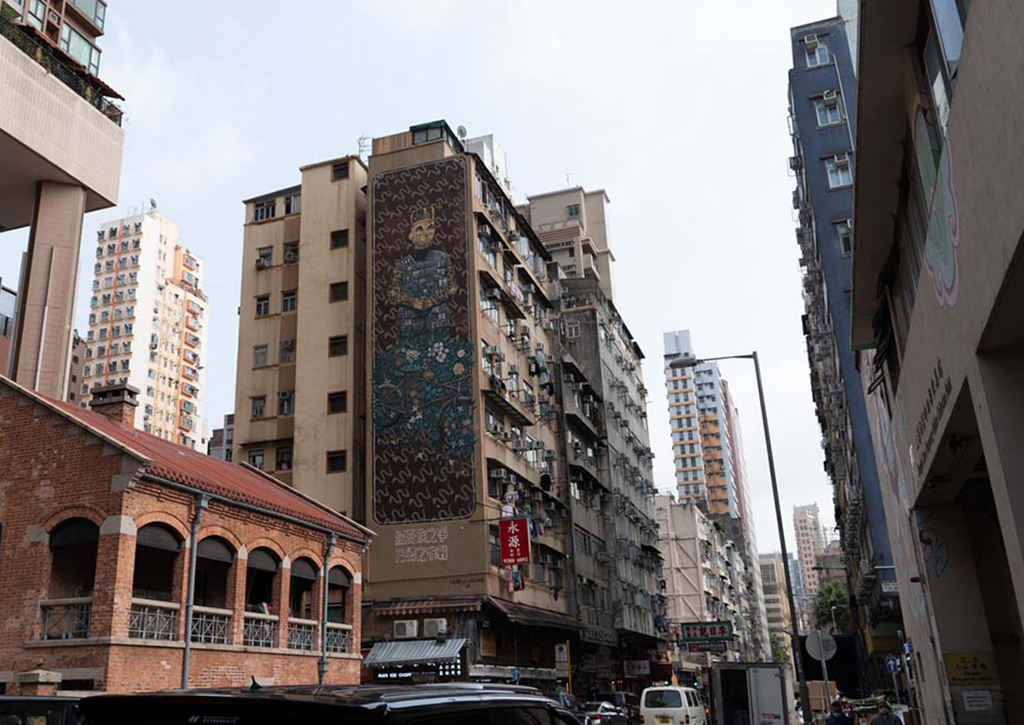


To Ng, his favourite way to experience the neighbourhood is a walk through Shanghai Street and the little shops and restaurants along the way. Though a lot has changed — more high-rise buildings, and transportation infrastructure like the High-Speed Rail — some elements are well-preserved.
Ng believes that it is possible to find the right balance between preservation and development. The museums have a duty not just to preserve and showcase history but also to enrich it. He works with local artists and designers to present artistic representations of daily life the public can engage and identify with. For the neighbourhood that made him, Ng will now return the favour — by celebrating the parts of daily living that make the neighbourhood.
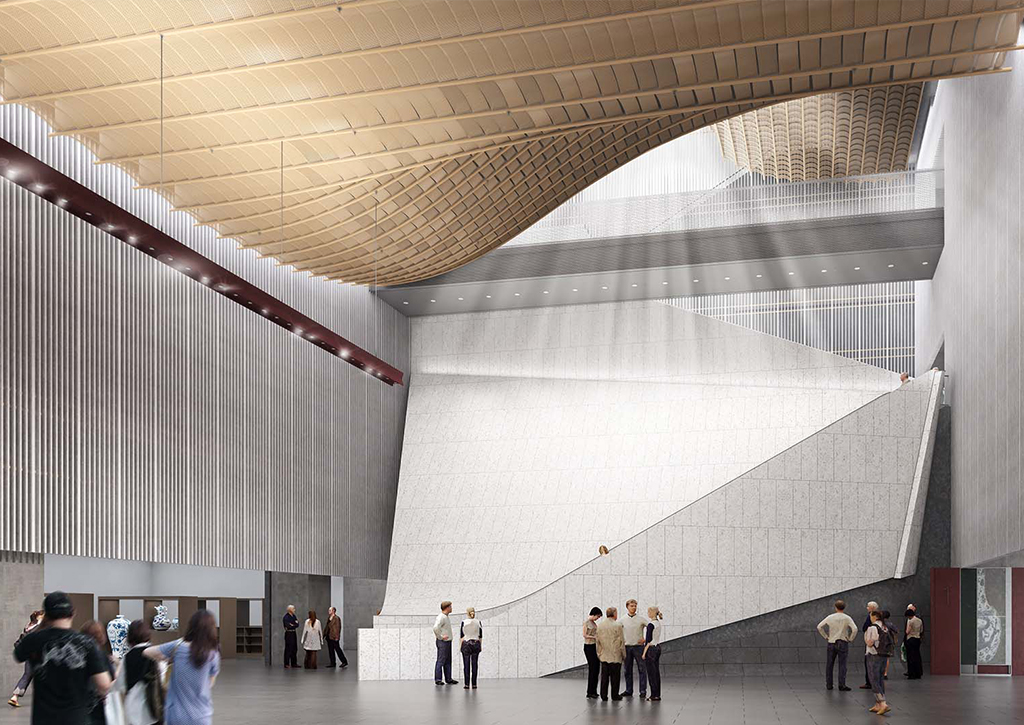


5. Passing down a family tradition with century-old Liu Ma Kee bean curd shop
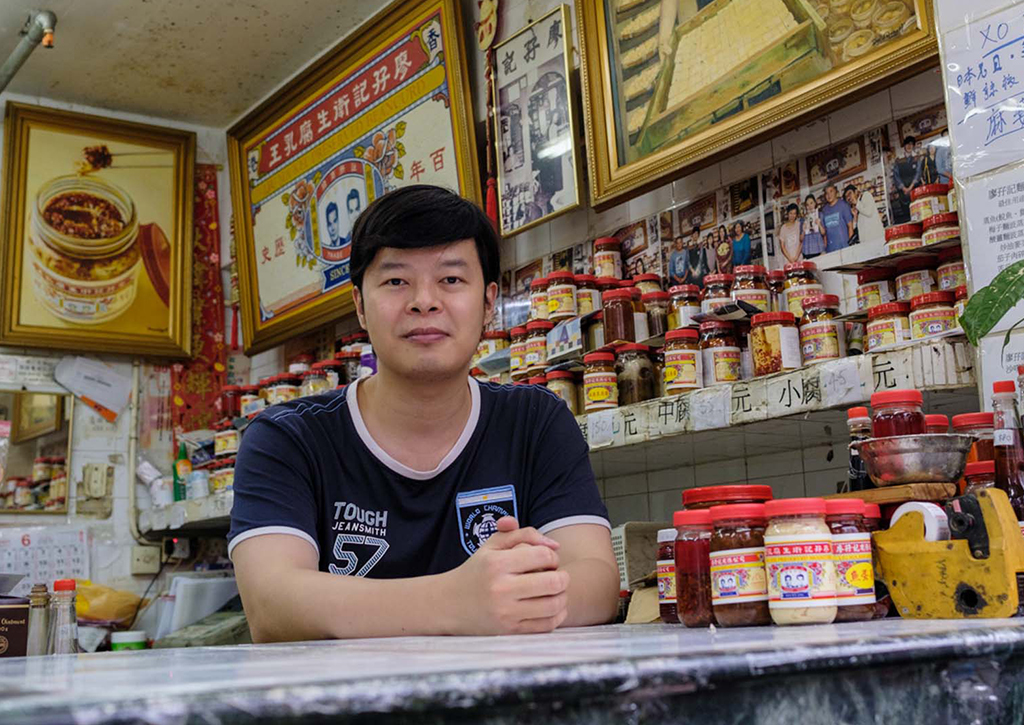


Born and raised in Jordan, Jay Liu and his family is as much a neighbourhood institution as their namesake brand, Liu Ma Kee. Selling preserved bean curd products since 1905, the store and family have been at the same address since its beginning. He insists on carrying on the traditional production methods passed down by his great-grandfather, because “there are things that cannot be automated, and need to be made by hand.”
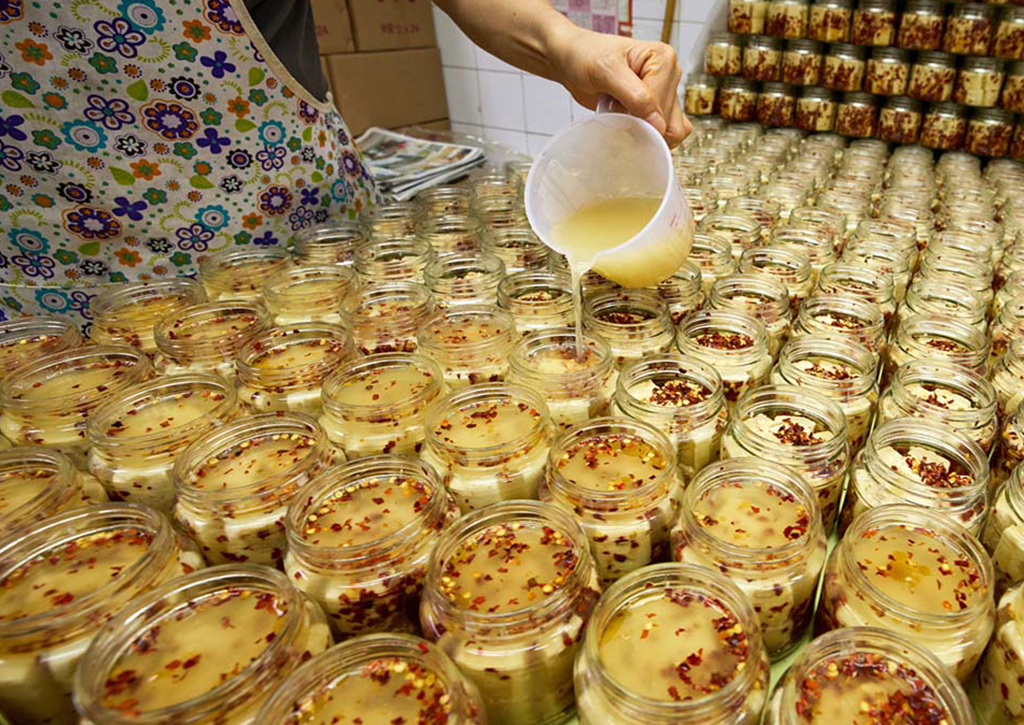


Rather than expanding the business, Liu is more focused on being part of the neighbourhood and making high-quality products in controlled quantities. He grew up with the taste of his family’s preserved bean curd, and still eats it every day. There are restaurants and shops that he has been going to since he was young, Yue Hwa Chinese Products Emporium (裕華國貨), Sa Kee Roasted Meats (沙記乳豬燒臘) and Chung Kee Dessert (松記糖水店).
As an integral part of the neighbourhood and the family’s legacy, Jay Liu is taking up the hefty mantle with surprising ease. The pale yellow cubes of preserved bean curd hold the weight of tradition, carefully stacked, passed into Liu’s steady hands.
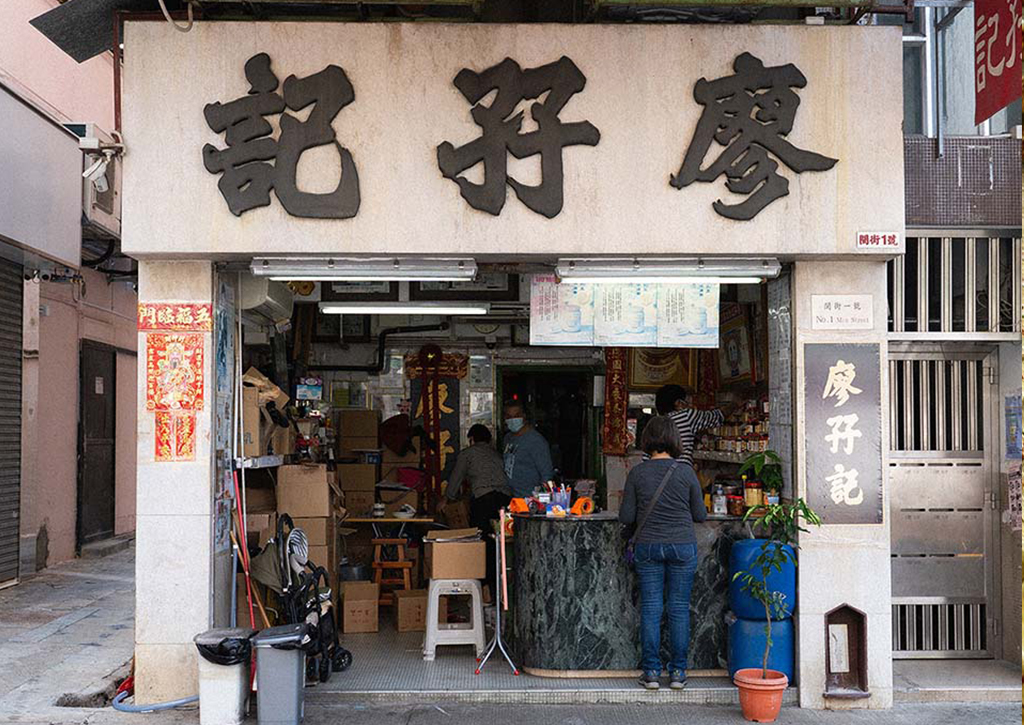


DISCOVER MORE MUST-SEE WEST KOWLOON DESTINATIONS HERE
Inspired to visit Hong Kong when the borders reopen? LET US HELP
REACH OUT TO US AT +603 2303 9100 OR
[email protected]
The article is adapted with permission from Hong Kong Tourism Board. View original source here.
You may also be interested in these articles:
